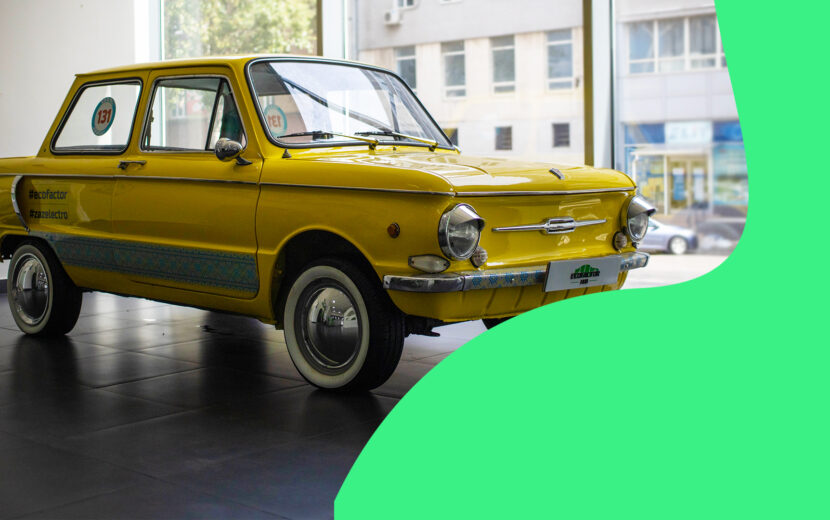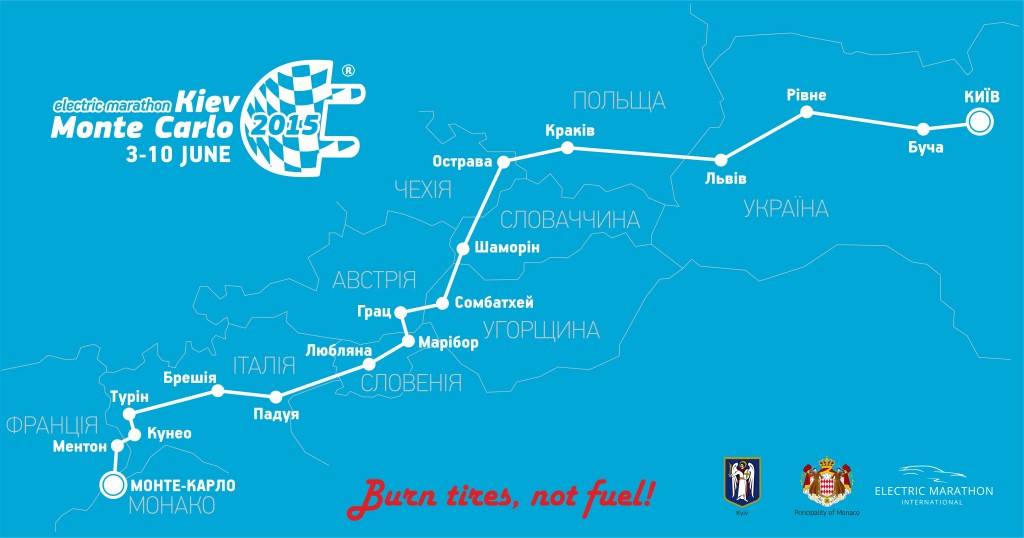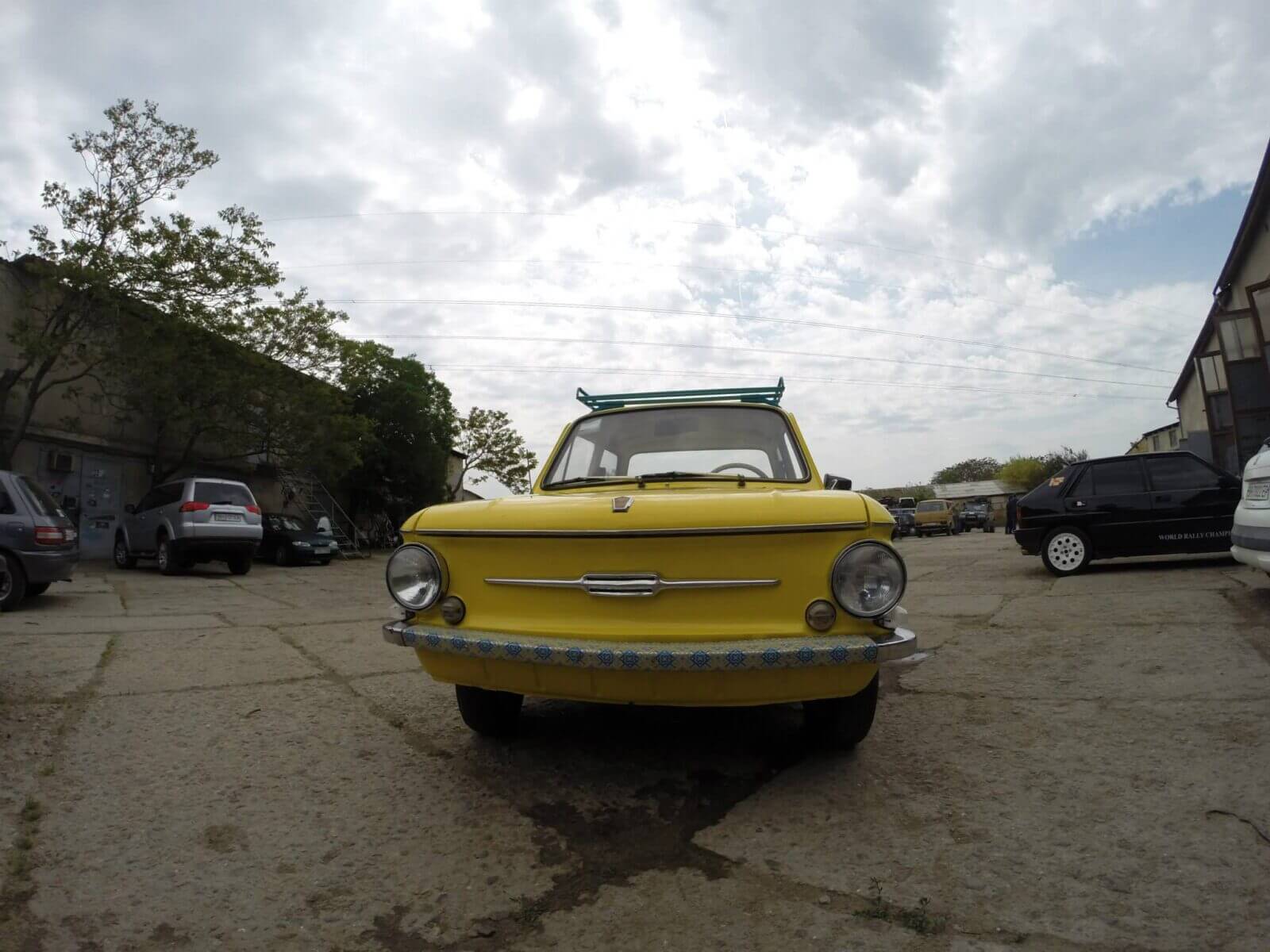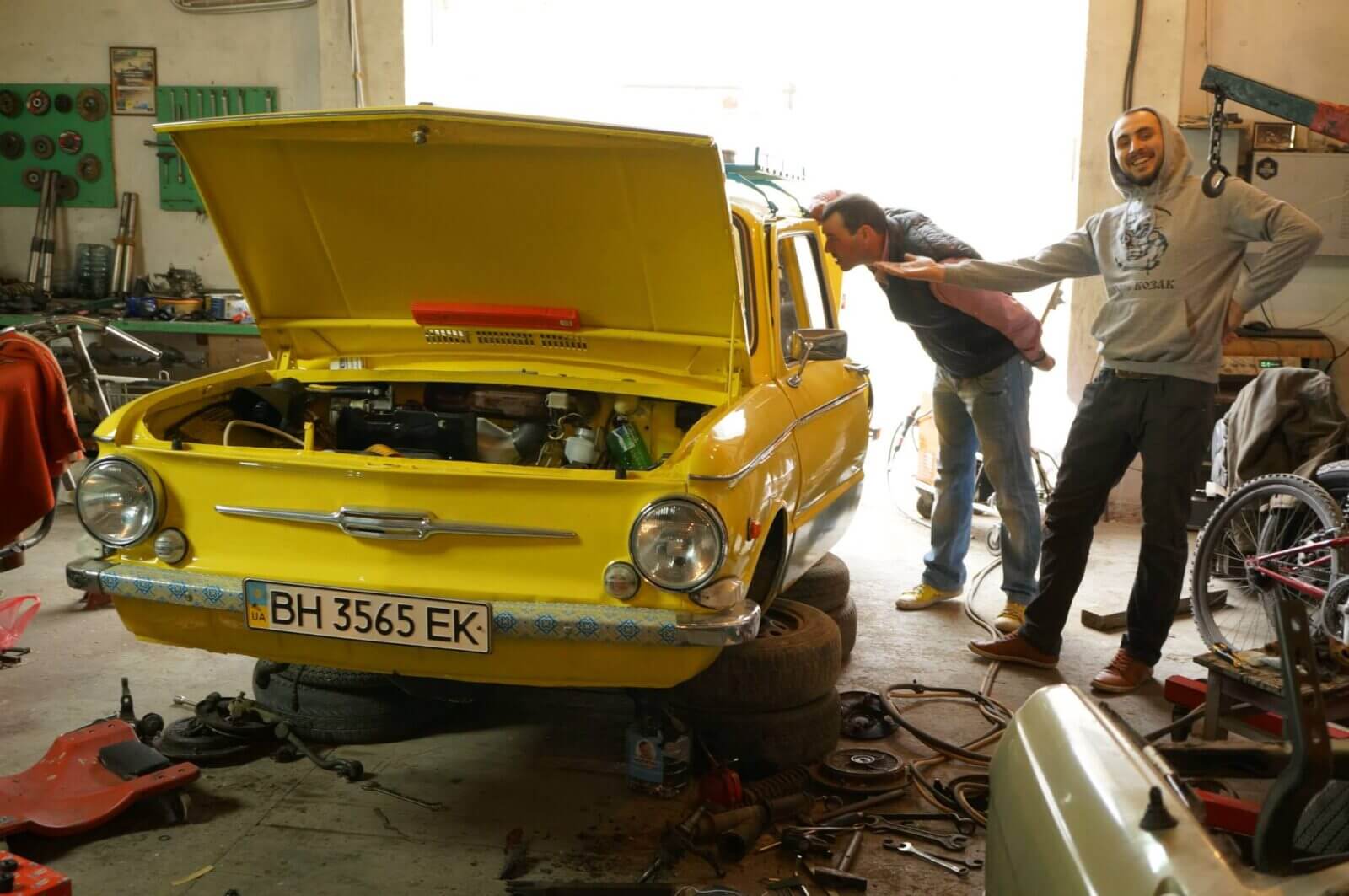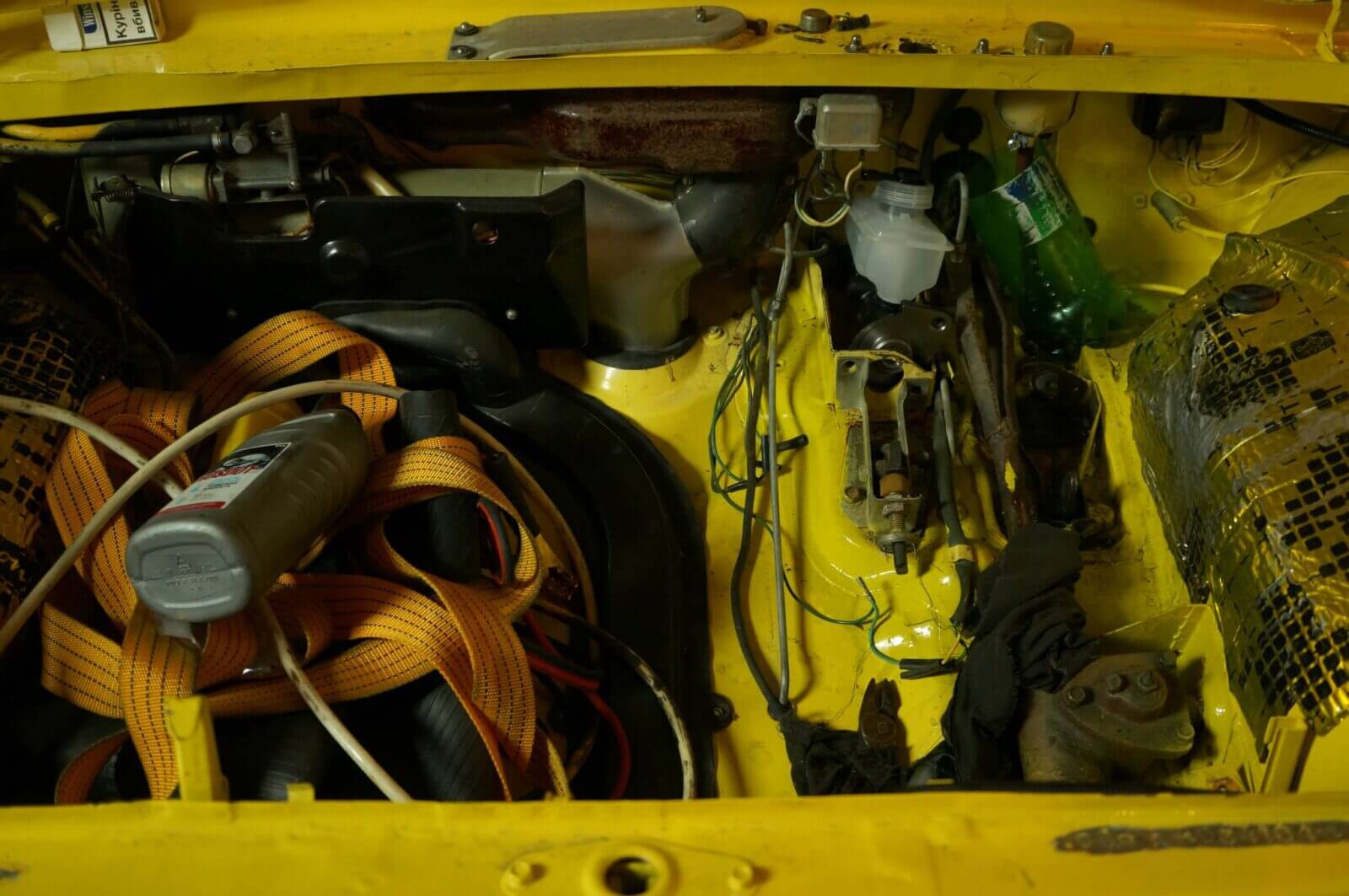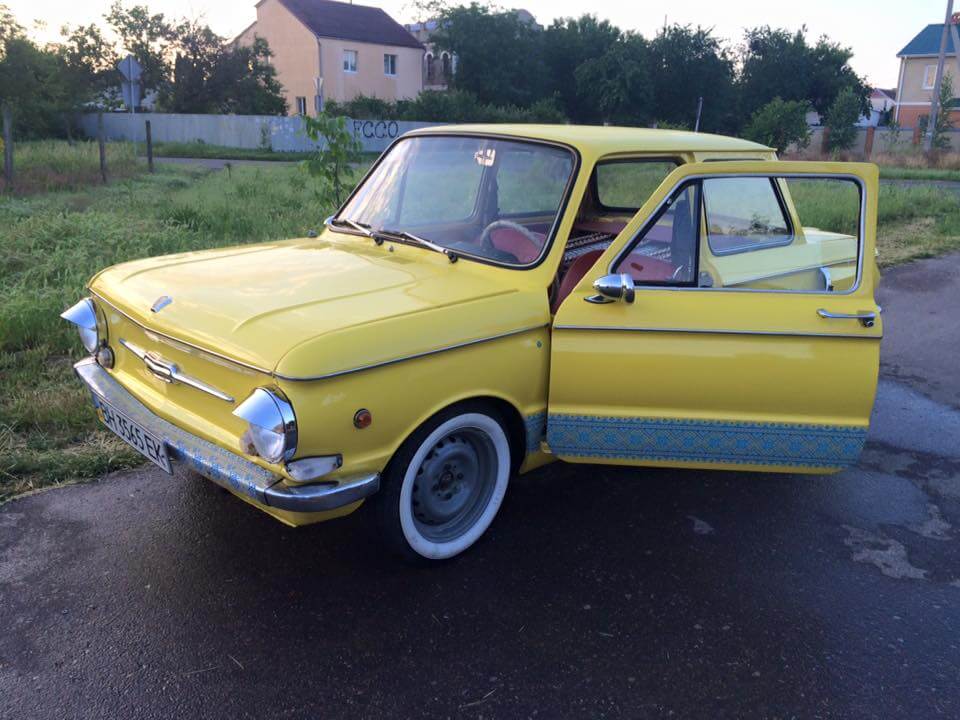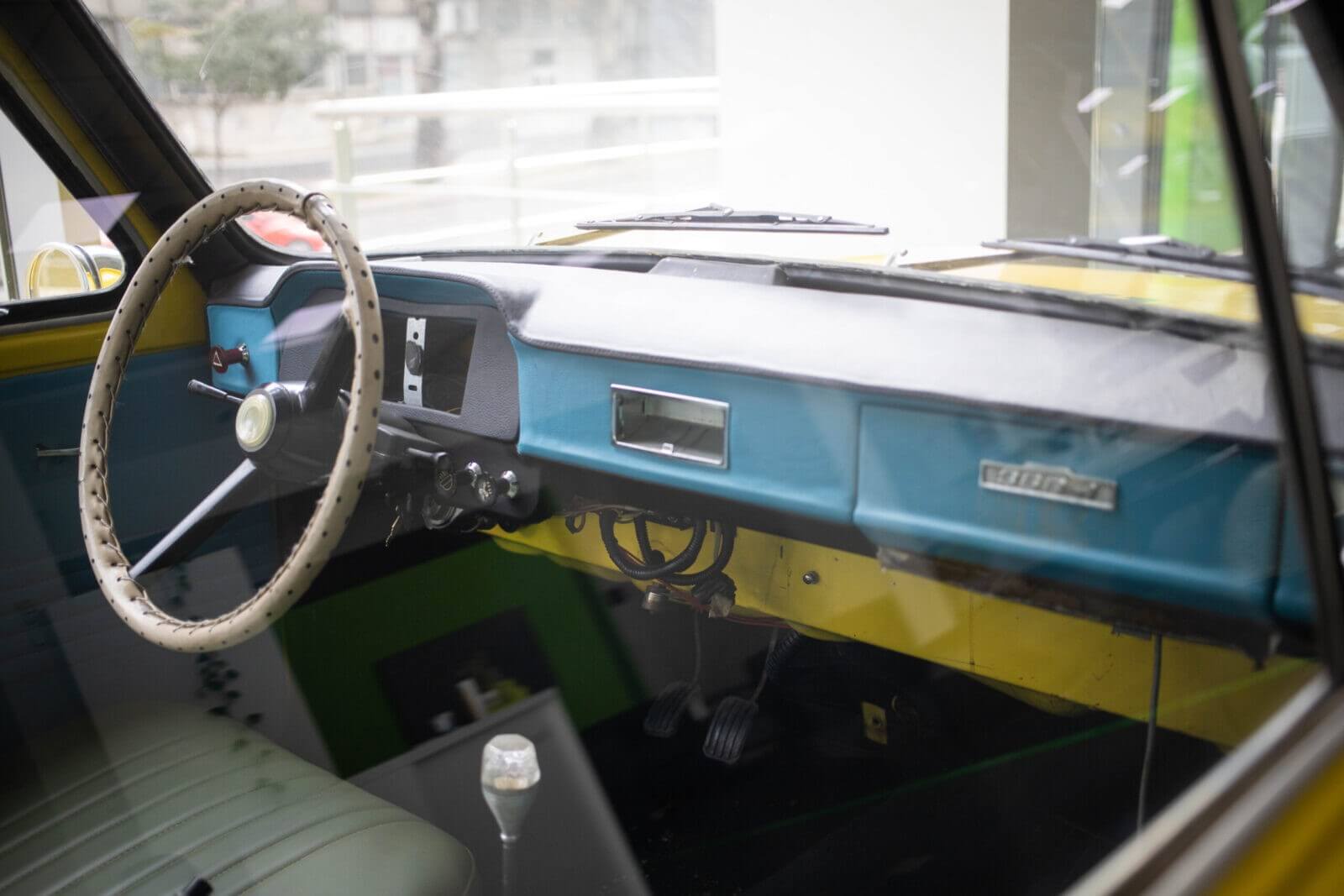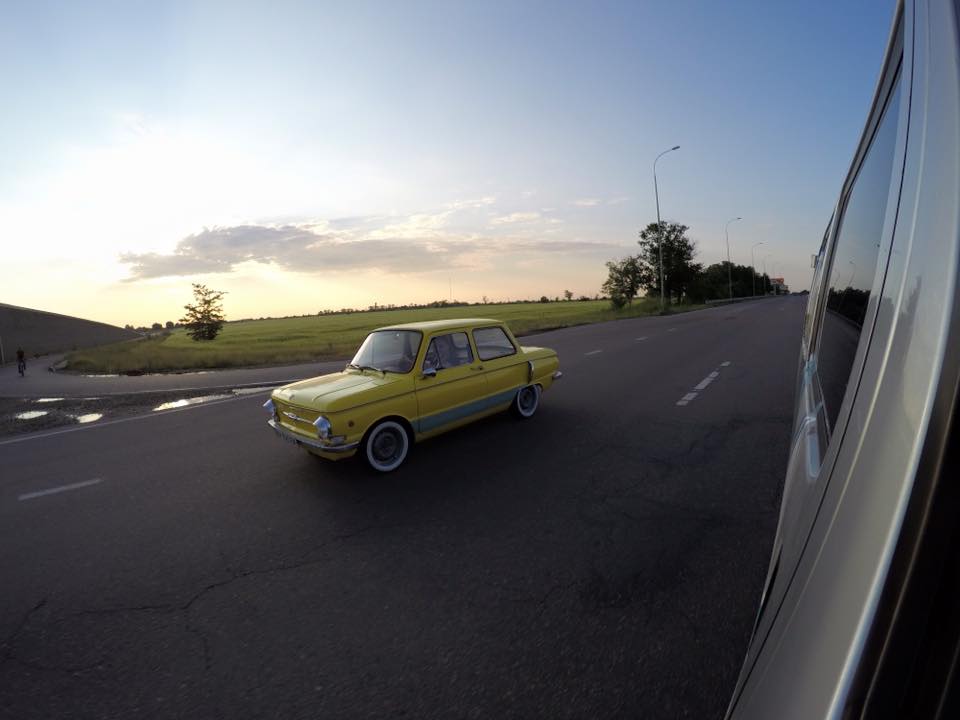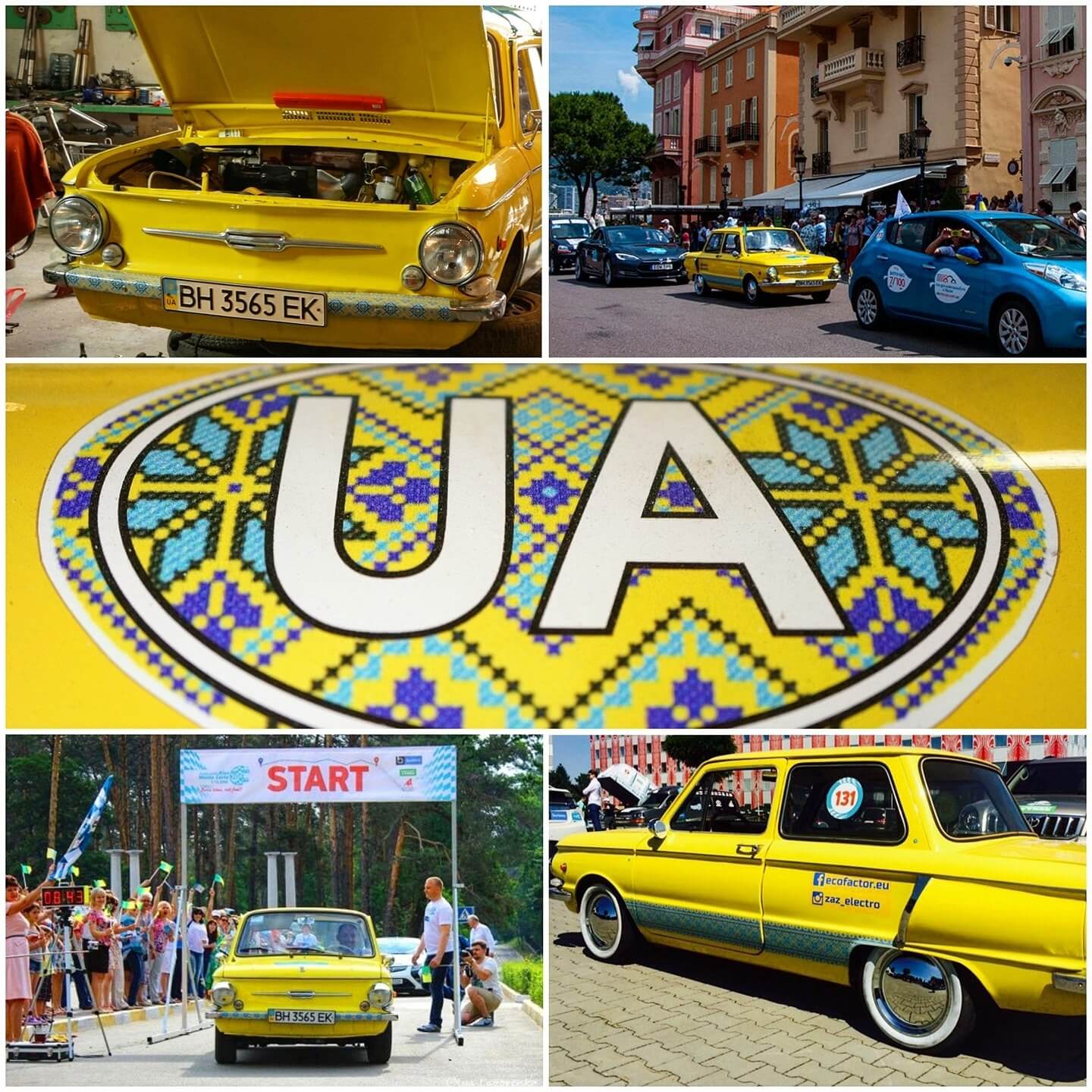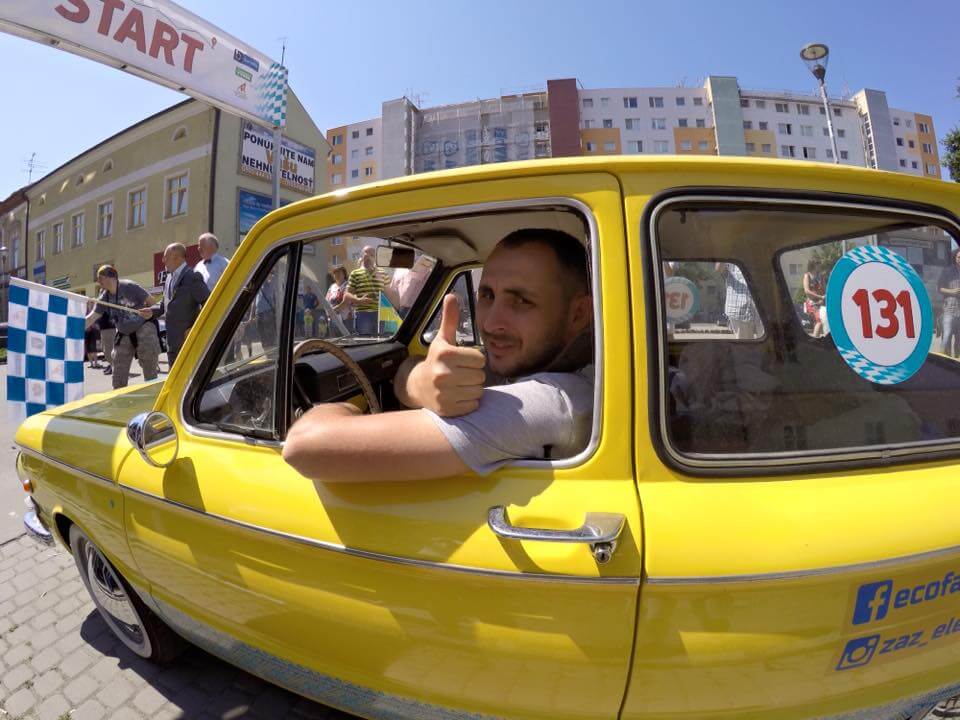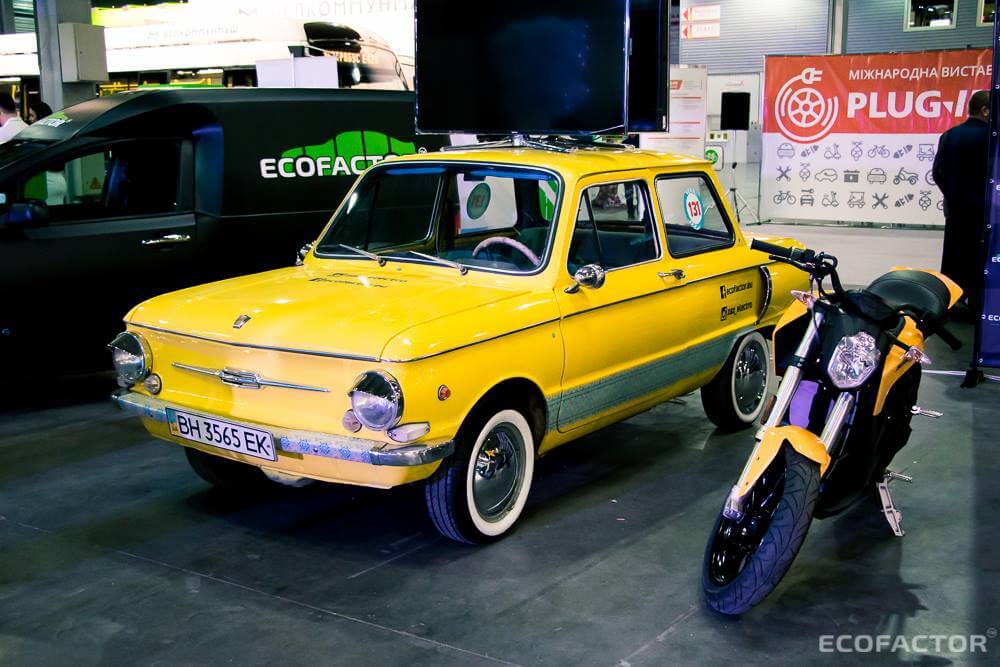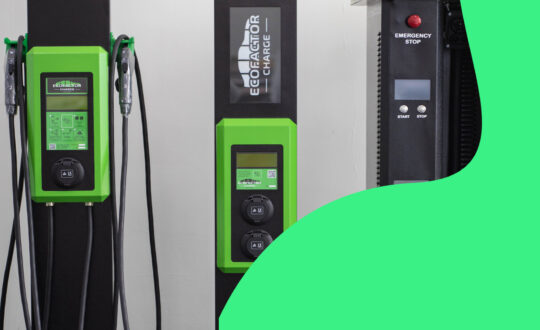PUBLIC CONTRACT (OFFER)
to order, purchase, sell and deliver the Goods
during the Black Friday campaign
1. SUBJECT OF THE CONTRACT (OFFER)
1.1 This document is an open offer (Offer) of the EKOFACTOR HUB LIMITED LIABILITY COMPANY (hereinafter referred to as the Seller) to an indefinite number of persons (hereinafter referred to as the Buyer) to conclude a contract for the sale of Goods remotely with the Seller (hereinafter referred to as the Agreement) through the Seller's online store: https://shop.ecofactor.ua, on the terms and conditions set out in this Offer.
1.2 In accordance with Articles 205, 634, 638-642, 655-711 of the Civil Code of Ukraine, in case of acceptance of the terms and conditions set forth in the Offer by placing an order and/or paying for the Goods in accordance with the terms of this Offer, the person who accepts the Offer becomes the Buyer.
1.3 Acceptance of the Offer is the conclusion of the Sale and Purchase Agreement by making a prepayment for the Goods ordered by the Buyer in the online store at https://shop.ecofactor.ua on the terms and conditions set forth in this Offer.
1.4 The offer agreement is the unique conditions for the sale of the Goods to attract more buyers by holding a term action "BLACK FRIDAY".
2. GENERAL PROVISIONS
2.1. The said agreement is a public agreement, i.e., in accordance with Article 633 of the Civil Code of Ukraine, its terms and conditions are the same for all buyers.
2.2. In accordance with Article 642 of the Civil Code of Ukraine, full and unconditional acceptance of the terms of this offer (offer), which confirms the conclusion of the Agreement for the sale of Goods on the terms and conditions proposed below, is the fact of placing and confirming the Buyer's order.
2.3 By making a prepayment, the Buyer confirms its agreement and unconditional acceptance of the terms of this offer.
2.4. By entering into the Agreement, the Buyer confirms the following:
- The Buyer is fully and completely familiar with and agrees to the terms of this offer;
- He/she gives permission for the collection, processing and transfer of personal data on the terms and conditions specified below in the Clause on the collection, processing and transfer of personal data. The permission for the processing of personal data is valid for the entire term of the Agreement, as well as for an unlimited period after its expiration. In addition, by entering into the Agreement, the Customer confirms that he/she has been notified (without additional notice) of the rights established by the Law of Ukraine "On Personal Data Protection", of the purposes of data collection, and that his/her personal data is transferred to the Seller in order to fulfil the terms of this Agreement, to make mutual settlements, and to receive invoices, acts and other documents. The Customer also agrees that the Seller has the right to provide access to and transfer his personal data to third parties without any additional notifications to the Customer, without changing the purpose of processing personal data. The scope of the Customer's rights as a subject of personal data in accordance with the Law of Ukraine "On Personal Data Protection" is known and understood by him.
3. PRICE OF THE GOODS AND PAYMENTS
3.1 The price for each item of the promotional Product is indicated on the website of the Seller's online store https://shop.ecofactor.ua;
3.2. The Buyer, in confirmation of the conclusion of the offer agreement, makes the first part of the prepayment for the ordered Goods in the following amounts:
3.2.1. when ordering stations that charge electric vehicles with alternating current (AC), the prepayment shall be in UAH, which is equivalent to USD 100 at the commercial exchange rate on the day of prepayment;
3.2.2. when ordering stations that charge electric vehicles with direct current (DC), the prepayment shall be in UAH, which is equivalent to USD 300 at the commercial exchange rate on the day of prepayment.
3.3 The Buyer shall make the second part of the prepayment in the amount of 50% (fifty percent) of the cost of the Goods within 5 calendar days from the date of invoice by the Seller.
3.4. The Seller shall invoice the Buyers for the Goods no earlier than 01.01.2024.
3.5. The Buyer shall make the final payment for the ordered Goods within 3 calendar days from the date of notification by the Seller to the Buyer that the Goods are ready for delivery.
3.6. The Seller has the right to unilaterally change the price of any promotional item of the Goods.
3.7. The Seller indicates the cost of delivery of the Goods or informs the Buyer when placing the order.
3.8. The Buyer's obligations to pay for the Goods shall be deemed fulfilled from the moment the funds are received on the Seller's account.
3.9. Settlements between the Seller and the Buyer for the Goods shall be made in non-cash form in the national currency of Ukraine, according to the details specified on the Seller's online store website and according to the Seller's invoice.
4. ORDERING
4.1 The order of the Goods is carried out by the Buyer through the service of the website of the online store https://shop.ecofactor.ua.
4.2. When placing an order on the website of the Online Store, the Buyer undertakes to provide the following registration information:
4.2.1. Surname and name of the Buyer name of the legal entity or the person (recipient) indicated by the Buyer;
4.2.2. The address to which the Goods should be delivered (if delivered to the Buyer's address);
4.2.3 Email address;
4.2.4. contact telephone number.
4.3. The name, quantity, article, price of the Goods selected by the Buyer are indicated in the Buyer's basket on the website of the Online Store.
4.4. If the Seller needs additional information, he has the right to request it from the Buyer. In case of failure to provide the necessary information by the Buyer, the Seller is not responsible for providing quality service to the Buyer when purchasing the Goods in the online store.
4.6. Acceptance by the Buyer of the terms of this Offer is carried out by the Buyer making an advance payment for the Goods to the current account of the Offerer.
4.7. The Buyer is responsible for the accuracy of the information provided when placing the Order.
4.8. The distance sale agreement between the Seller and the Buyer shall be deemed concluded from the moment the Seller confirms the Buyer's order and makes payment.
5. DELIVERY AND TRANSFER OF GOODS TO THE BUYER
5.1. The Seller shall deliver the Goods to the Buyer no later than 14 weeks from the date of making the second prepayment in the amount of 50% (fifty percent) of the cost of the Goods, but in any case, the said period may not begin to run earlier than 01.01.2024.
5.2. The Buyer agrees with the Seller on the procedure, terms, conditions and cost of delivery of the ordered Goods.
5.3. After full payment for the Goods and the Goods are ready for delivery, the Buyer has the right to pick up the Goods at the address: 113 Ataman Holovatyi St., Odesa. It is possible to receive the goods from Monday to Friday from 09 hours. 00 min. to 18 hours. 00 min.
5.4. The ownership and risk of accidental loss or damage to the Goods shall be transferred to the Buyer upon receipt of the Goods.
5.5. Upon receipt of the Goods, the Buyer shall, in the presence of a representative of the carrier (courier), check the compliance of the Goods with the qualitative and quantitative characteristics (name of the goods, quantity, completeness).
6. SPECIAL TERMS OF THE AGREEMENT
6.1. When the Buyer purchases charging stations under this offer agreement, the Seller grants the Buyer a non-exclusive licence for the software for managing the purchased charging stations.
6.2. A licence for the software for managing the charging stations purchased by the Buyer is granted by the Parties concluding a Licence Agreement for the right to use the intellectual property object, the mandatory terms of which are:
6.2.1. The licence for the use of the ECOFACTOR Network mobile application is valid for 2 years from the date of actual receipt of the charging station by the Buyer from the Seller, even if the latter has not connected the station to this software. The end date of the licence is specified in the licence agreement.
6.2.2 The cost of a licence to use the ECOFACTOR Network mobile application for a period of 2 years from the date of actual receipt of the station by the Buyer from the Seller is UAH 1.
6.3. The license is granted to use the Software exclusively on the purchased charging stations under this Agreement.
6.4. For the proper functioning of the purchased charging station, the Buyer is obliged to conclude a financial service agreement for the provision of funds transfer (acquiring) directly with the legal entity proposed by the Seller.
6.5. The Seller shall refuse to grant a licence and conclude a licence agreement with the Buyer if the Buyer does not enter into a financial service agreement for the provision of funds transfer (acquiring) directly with the legal entity proposed by the Seller.
7. RESPONSIBILITY OF THE PARTIES
7.1 The Seller shall not be liable for any damage caused to the Buyer as a result of improper use of the Goods purchased from the Seller.
7.2. The Seller shall not be liable for improper, untimely fulfilment of the Orders and its obligations in case the Buyer provides false or misleading information.
7.3. The Seller and the Buyer shall be responsible for fulfilling their obligations in accordance with the current legislation of Ukraine and the provisions of this Agreement.
7.4. The Buyer shall be civilly, financially and criminally liable for violation of the privacy policy with which he/she is familiarised and agrees when placing an order for the Goods posted at https://shop.ecofactor.ua/privacy-policy/.
7.5. The Buyer and the Seller shall be obliged to comply with the special terms of the Agreement provided for in Section 6 of the Agreement.
8. Validity period and changes in the terms of the Offer
8.1. The Offer comes into force from the moment it is posted on the Internet at the following link: https://shop.ecofactor.ua and shall be valid until 31.12.2023 until 23 hours 59 minutes 59 seconds inclusive, and in terms of fulfilment of obligations under it until their full fulfilment by the Parties.
8.2. Acceptance of the Buyer's Offer shall be valid for the period of full performance by the Parties of their obligations under this Agreement.
9. Force majeure
9.1. The Parties shall be released from liability for partial, complete non-performance or improper performance of obligations under this Agreement if the non-performance or improper performance of obligations is the result of force majeure, i.e. extraordinary and unavoidable circumstances that the Parties could neither foresee nor prevent (force majeure circumstances), namely fires, floods, earthquakes, strikes, riots, insurrections, wars, or actions of public authorities and other circumstances that make it impossible for the Parties to fulfil their obligations, and if such circumstances directly affected the fulfilment of the Parties' obligations under the Agreement.
9.2. In the event of force majeure during the term of this Agreement, the fulfilment of obligations under the Agreement shall be postponed for the duration of the force majeure.
9.3. The Party that cannot fulfil its obligations under the Agreement shall immediately, but not later than ten (10) calendar days after the occurrence of force majeure, notify the other Party in writing. The same applies to the moment of termination of the force majeure event. Late notification of the occurrence of force majeure shall deprive the respective Party of the right to refer to the above circumstances in the future as a basis for exemption from liability for non-performance or improper performance, in whole or in part, of its obligations under this Agreement. The occurrence of force majeure shall be confirmed by a certificate of the relevant competent authority.
10. Requisites.
SELLER
ECO-FACTOR HUB LTD
113, Ataman Holovatyi St., Odesa, 65003, Odesa region
USREOU - 41882613
IBAN NUMBER UA763204780000026006924435672,
JSB "UKRGASBANK" m. Kyiv, 1 Yerevanska str., MFO 320478
TIN - 418826115536
